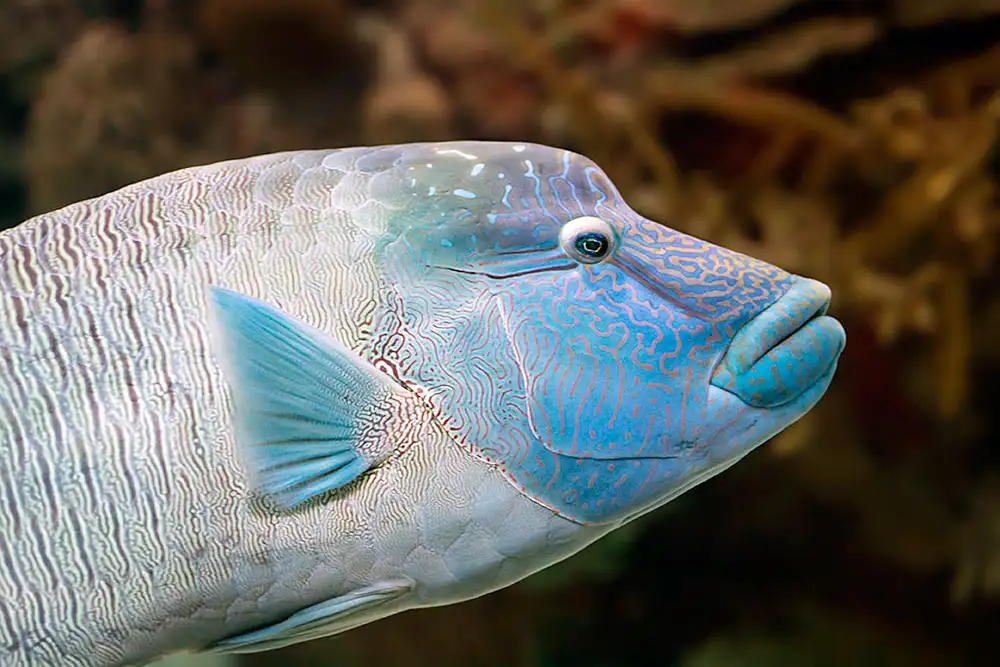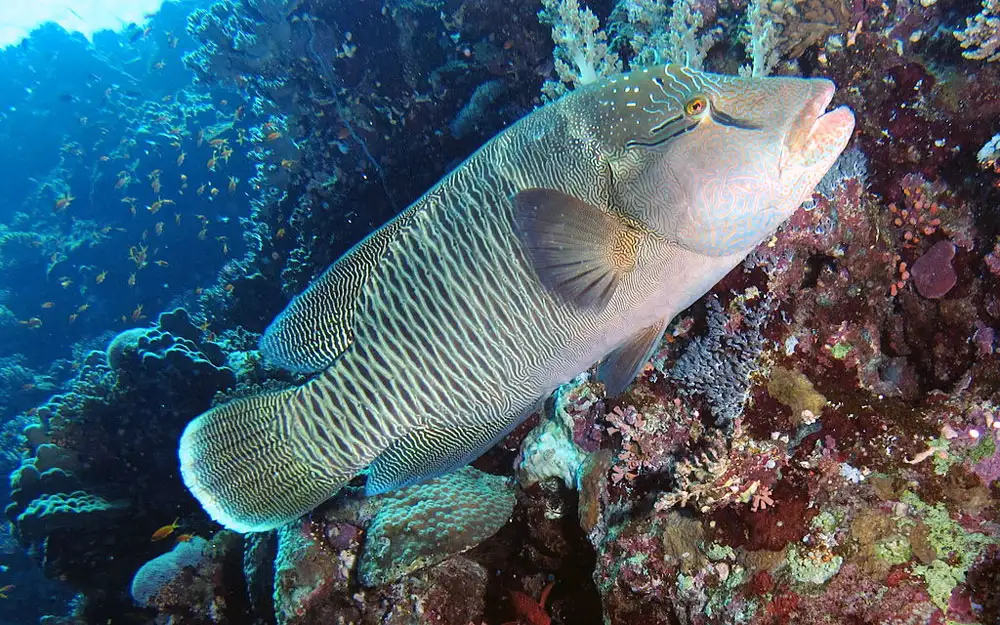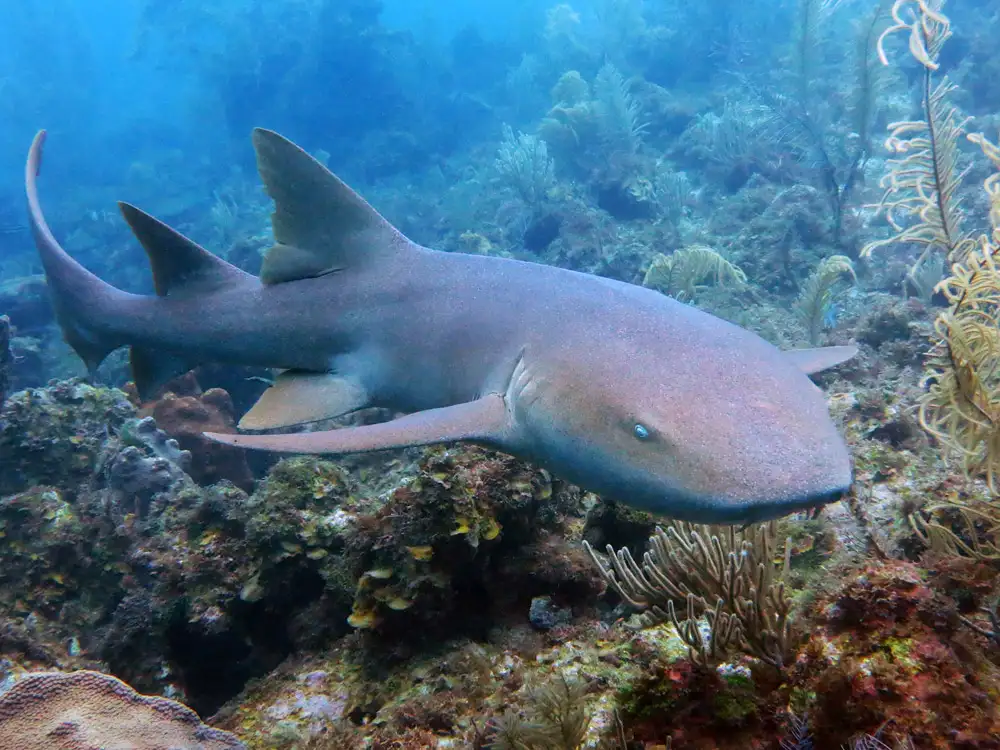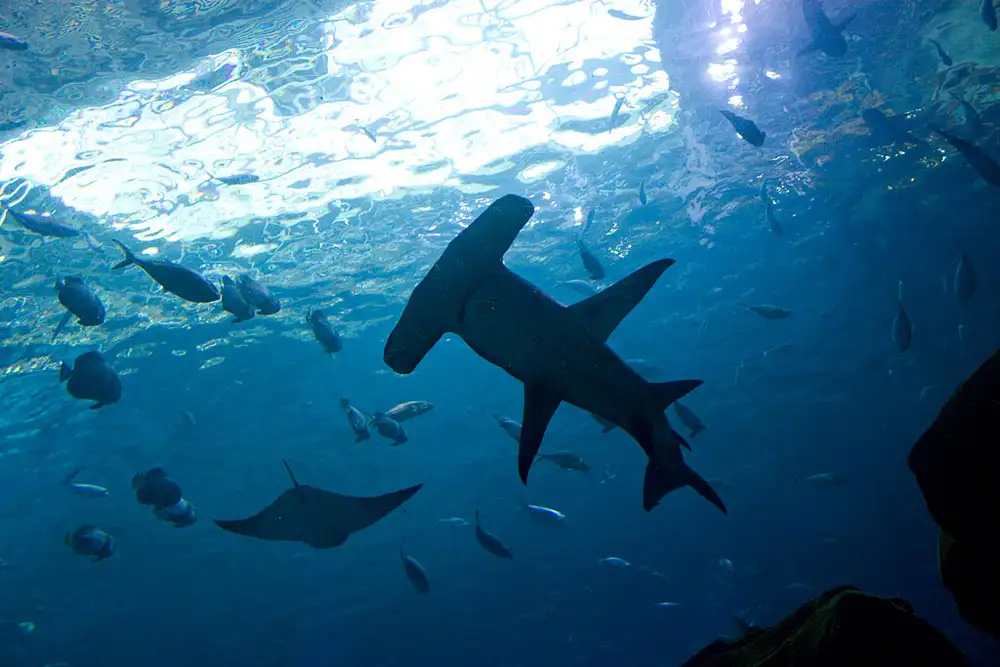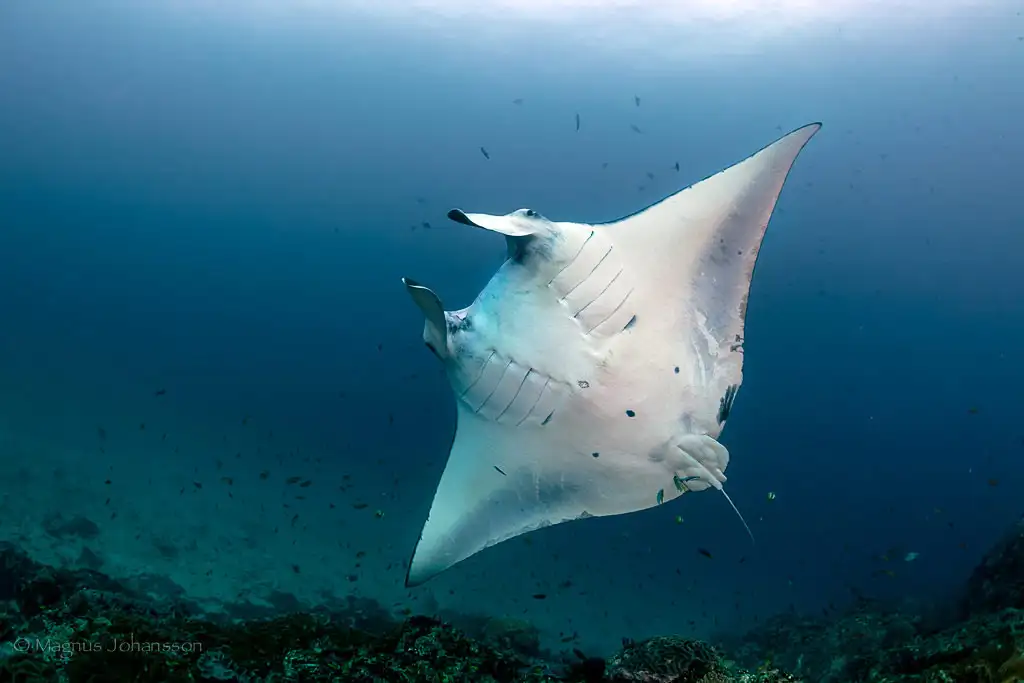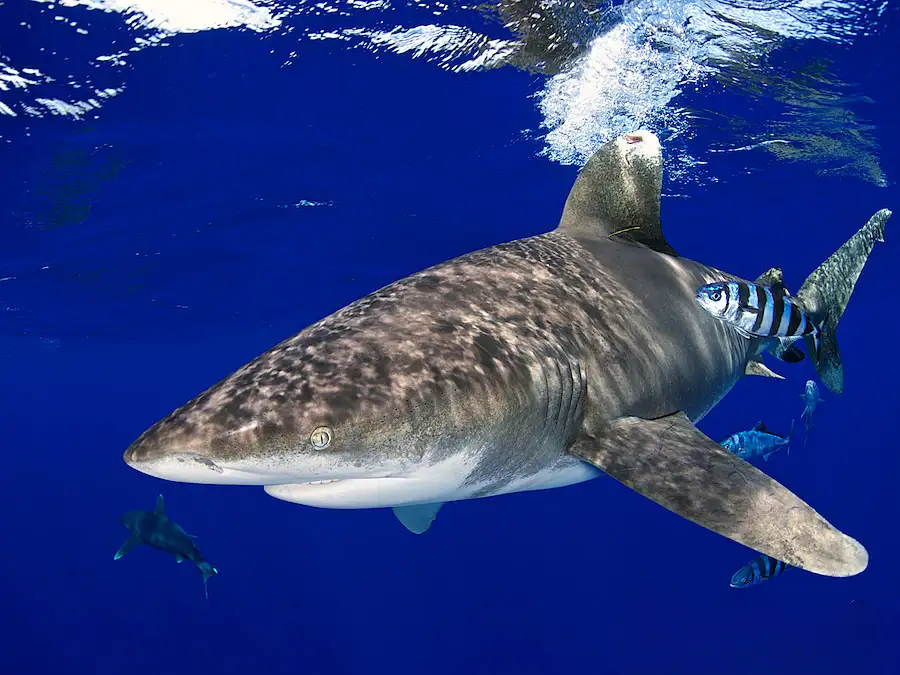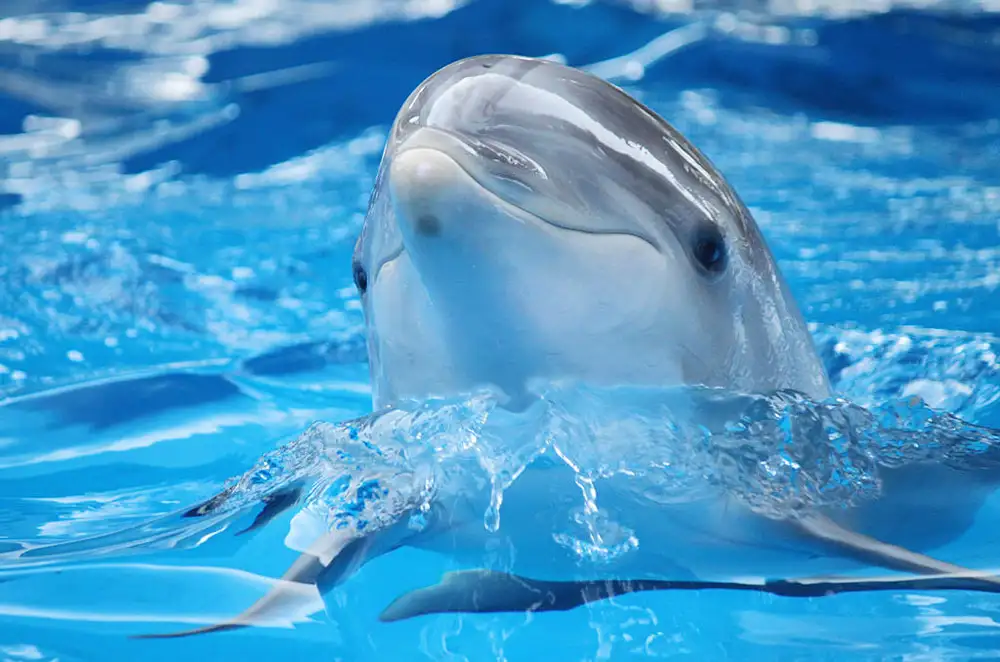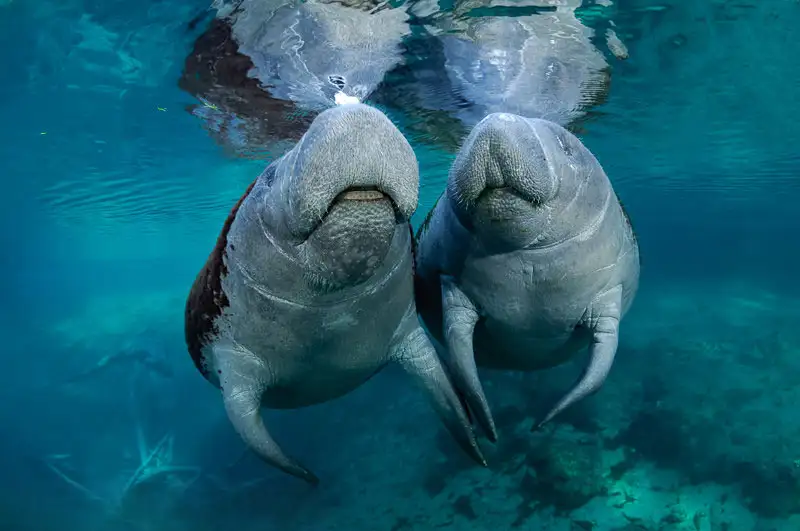Humphead Wrasse
IUCN
ENBasic Information
Scientific classification
- name:Humphead Wrasse
- Scientific Name:Cheilinus undulatus
- Outline:Large Fish
- Family:Labridae Cheilinus
Vital signs
- length:Common 60–120 cm; max ~180–200 cm
- Weight:Typically 10–30 kg; very large to ~150–180 kg
- lifetime:30+ years; late maturing
Feature
Large coral‑reef predator; protogynous; feeds on hard‑shelled invertebrates incl. crown‑of‑thorns; highly sensitive to overfishing/trade.
Distribution and Habitat
Indo‑Pacific outer reef slopes, drop‑offs and lagoons, generally 3–60 m depth.
Appearance
Prominent forehead hump (esp. males); thick lips; blue‑green with wavy lines; curved dark mark behind eye; juveniles darker with white blotches.
Details
The humphead wrasse (also called Napoleon wrasse; Cheilinus undulatus) is a giant reef fish of the family Labridae. It is a flagship predator on coral reefs, known for feeding on sea urchins, molluscs and starfish—includingcrown‑of‑thorns starfish. Global IUCN status: Endangered (EN); listed on CITES Appendix II (international trade strictly controlled).
Ecology & Life History
Inhabits outer reef slopes, drop‑offs and lagoons; diurnal and rests in crevices at night. A protogynous hermaphrodite(first female, then male) with late maturity and long lifespan, making populations highly sensitive to overfishing and the live‑reef fish trade.
Identification
Very large, robust body; adults—especially males—have a prominent forehead hump and thick lips. Colour ranges blue‑green to emerald with undulating wavy lines; often a curved dark mark behind the eye. Juveniles are darker with white blotches; fins often edged in blue.
Size & Longevity
Length: commonly 60–120 cm; maxima ~180–200 cm.
Weight: typically 10–30 kg; very large individuals to ~150–180 kg.
Life: 30+ years; late maturing.
Range & Habitat
Indo‑Pacific tropics from the Red Sea/East Africa to the western‑central Pacific (including the South China Sea, Coral Sea and Micronesia), generally 3–60 m deep on reef slopes and lagoonal reefs.
Threats & Conservation
Overexploitation, especially selective capture of large adults/males for the live reef fish trade.
Cyanide and blast fishing causing direct mortality and reef damage.
Habitat degradation from bleaching, pollution and coastal development.
Actions: enforce size/season/quotas and no‑take areas, ban destructive gears, regulate live‑fish trade and traceability, support community co‑management and reef‑friendly ecotourism.
FAQ
Q1. Key differences from other large wrasses? Massive size, humped forehead, thick lips and blue‑green body with wavy lines.
Q2. Why so vulnerable to fishing? Late maturity, long life and protogyny mean fisheries remove large, often male breeders first.
Q3. Do they harm corals? They mainly consume echinoderms and hard‑shelled invertebrates; predation on crown‑of‑thorns can benefit reefs.
Q4. Best protections? Size limits, seasonal closures, no‑take zones, strict control of live‑fish trade, and eliminating cyanide/blast fishing.

